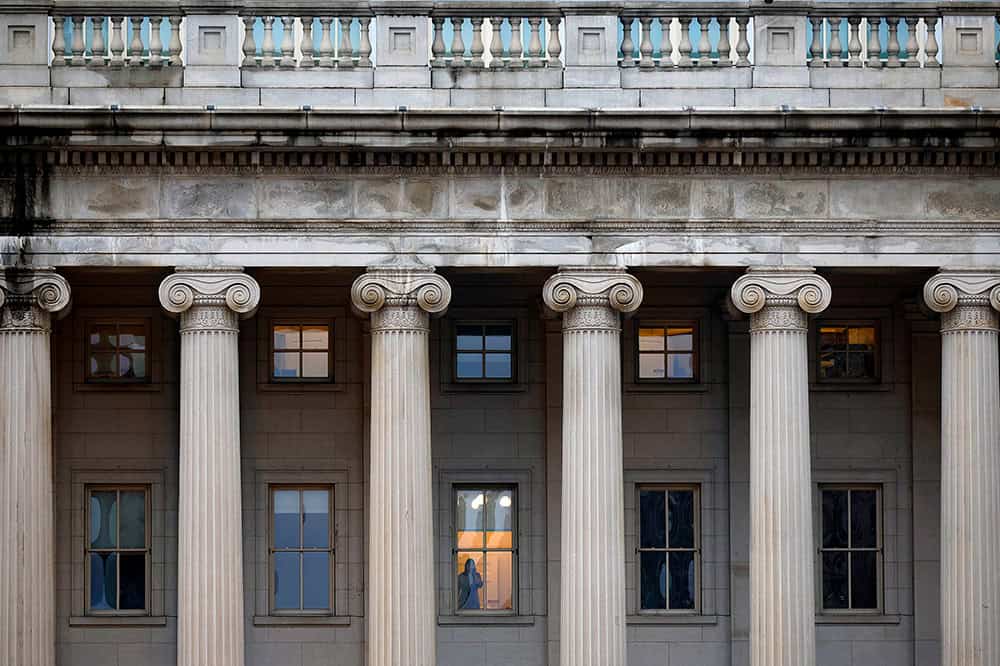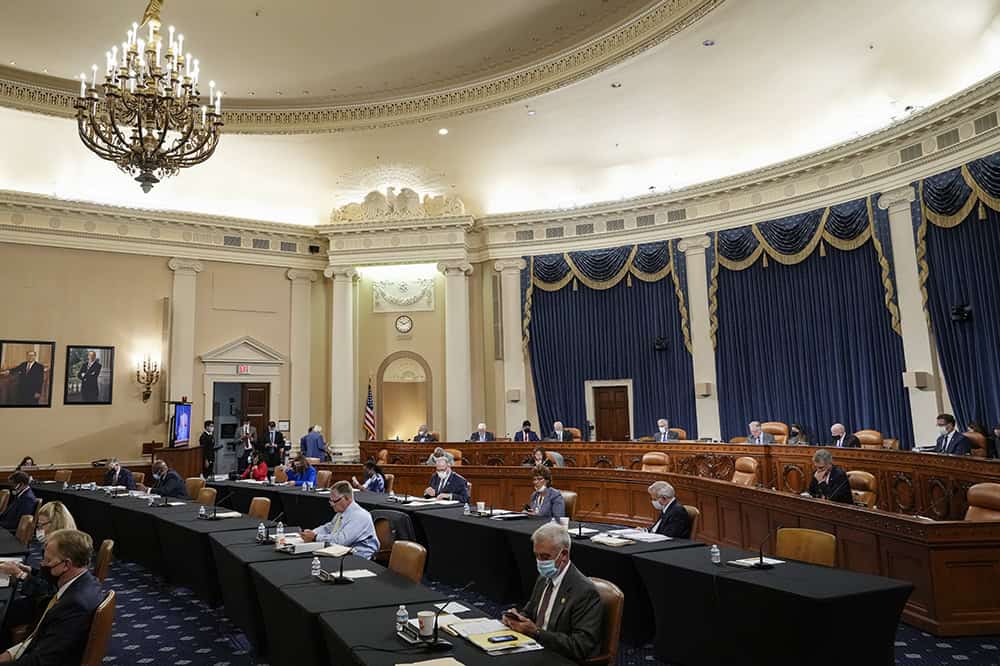Continuing Resolutions Are Stopgap Measures — But Now We Average Five a Year
Last Updated November 9, 2024
One of the most fundamental responsibilities of the federal government is to set and pass a budget every year, allocating funding towards the nation’s needs and priorities. The new fiscal year will begin on October 1, 2024, but Congress and the President have not enacted any of the 12 appropriation bills necessary to fund the government for fiscal year 2025. Instead, a continuing resolution was enacted on September 26 to avoid a government shutdown and provide temporary funding for government operations (plus supplemental funding for other purposes) through December 20.
While CRs can help avoid government shutdowns, they should be seen as stopgap measures and rarely used. However, CRs have become the norm over the past few decades. That unfortunate practice can lead to disruptions in the federal budget process, hinder lawmakers’ ability to properly and efficiently match resources with needs, and restrain agencies from carrying out their missions effectively.
CRs are consistently used by lawmakers to fund the government. Since fiscal year 1998, policymakers enacted 136 continuing resolutions — an average of about five per year. What’s more, CRs have been used to fund the federal government for increasingly longer periods of time. From 1998 through 2010, nearly one-third of the fiscal year, on average, was funded by a CR rather than through full-year appropriations. From 2011 through 2024, temporary measures accounted for an even larger share — 45 percent — of the year. CRs were even used to fund the entire fiscal year in 2007, 2011, and 2013.
While CRs help policymakers avoid costly government shutdowns, they undermine the budget process by potentially ignoring new resource needs and by introducing uncertainty to government agencies because of the limited duration of the funding. In fact, a 2018 study by the Government Accountability Office found that CRs can cause a number of inefficiencies and challenges for government agencies, such as:
- Delayed contracts and grants, which could decrease the level of services provided and increase costs of administration
- Delayed hiring, which could affect an agency’s ability to provide services in a timely manner
- Added work, which can reduce productivity or force shorter-term contracts and grants to reflect the duration of the CR.
To ensure that government agencies can operate effectively and efficiently, policymakers should focus on enacting full-year funding bills on time or consider reforms to the budget process that would prevent the issues associated with short-term funding through CRs. In addition, reforming the budget process to account for long-term outcomes is a key step in putting our nation on the path to fiscal sustainability.
Image credit: Anna Moneymaker / Getty Images
Further Reading
The Debt Ceiling Will Be Reinstated on January 1 — Here’s What’s at Stake
One of the first, and most consequential, decisions facing newly elected lawmakers will be what to do with the debt ceiling.
What Is the Disaster Relief Fund?
Climate and weather-related natural disasters are becoming increasingly frequent. In addition to endangering lives, they are economically costly.
What Is Budget Reconciliation?
With narrow majorities in both Houses of Congress, Republicans are expected to make use of the budget reconciliation process to advance key pieces of their agenda.


